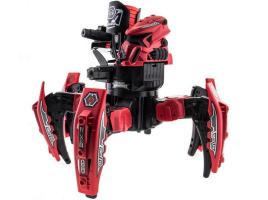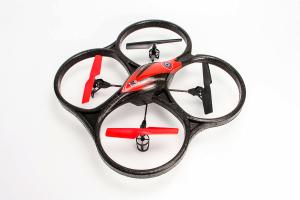One of the advantages human beings have over robots is that people are creative. Robots are not.
But now, researchers at the University of Konstanz in Germany are getting a robot to paint works of “art.” In addition, the robot employs machine learning to adapt to painting, news reports said. The process is known as e-David (Drawing Apparatus for Vivid Image Display.)
In developing the project, the researchers decided to use a robot designed for welding, one that would typically be used for the production of cars. They added a camera, sensors, a computer, and a paint brush which it holds in its metal hand. Also, they gave it a canvas.
The process may not be creative, as with human creation of art, but the end-result may be aesthetically pleasing.
Here’s the idea: “Painting – at least the technical part of painting – can be seen as optimization processes in which color is manually distributed on a canvas until the painter is able to recognize the content – regardless if it is a representational painting or not. Optimization happens intuitively during the drawing process and is highly dependent on the medium and its restrictions,” the researchers explain in an online statement.
When errors are made, they are captured by the camera and new commands correct those errors.
Also, the robot learns from “academic art” done by painters over the centuries which shows the extent of algorithms “for spatial division as well as color and content composition [that] can be used for creating art works,” the researchers said. Also, computer graphics, and non-photorealistic rendering “made a lot of progress in imitating painting styles using the computer. By simulating media and stroke composition a lot of painting-like images were produced, typically by computing pixel information that later was printed on a conventional printer.”
On the other hand, e-David uses real color which it distributes on a real canvas.
“We will use iterated optimization schemes to produce color distributions on the canvas which are constrained by given styles,” the researchers explain. “Semantic information can be integrated to optimize representational paintings; a tree will be painted in a different way than a face even if the colors are similar. Such semantic information can be obtained from semantic image analysis of the given target image.”
The researchers also want to understand how much a machine “is able to learn the whole process of creating a painting. The results might even influence our perception of what art is … the machine might enable new techniques since labor plays no role any more. This way very complex visual art works can be created.”
In addition, the robot could be used for image analysis to investigate the development of a work of art, and assist in the detection of forgeries.
In the future, philosophers will likely debate if the works of art made by robots are indeed true works of art. People, meanwhile, may look forward to viewing them.





